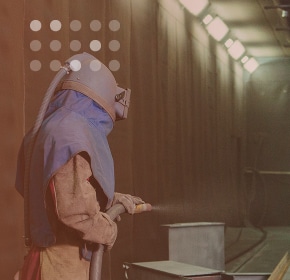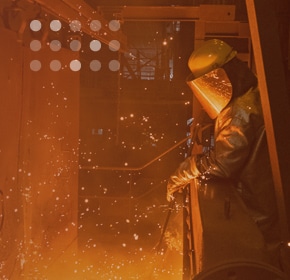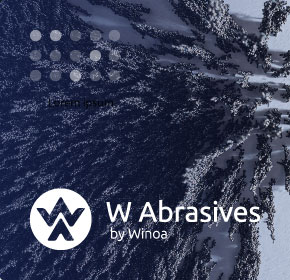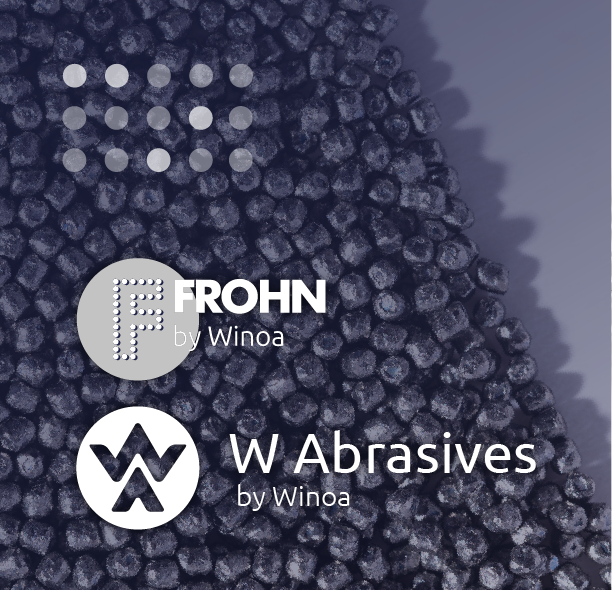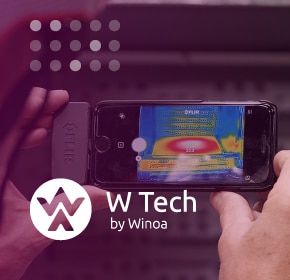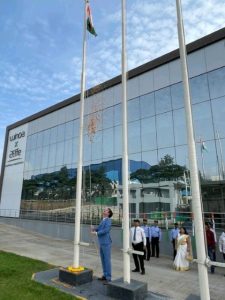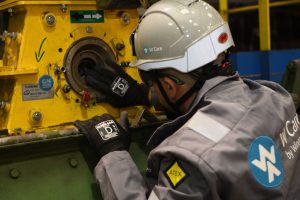Understanding Standards and Regulations in the Shot Blasting Industry
In the industrial world, shot blasting plays a crucial role in surface preparation and enhancing the mechanical properties of materials. Understanding the standards that govern this technique is essential to ensure the quality and efficiency of processes.
This article will guide you through the key standards in place, from America to Europe, and explain how they can impact your operations.
Standards for abrasives and their applications
All our Winoa W Abrasives™ abrasives meet specific usage requirements, depending on the manufacturing location and operating environment. Technical specifications and local standards are well-understood by Winoa’s teams, spread across more than 120 countries.
Indeed, depending on the geographical region, standards can be highly specific, with localized industry references.
For any specific standard compliance requirements, we invite you to reach out to our sales team before placing an order. They will be able to address your questions.
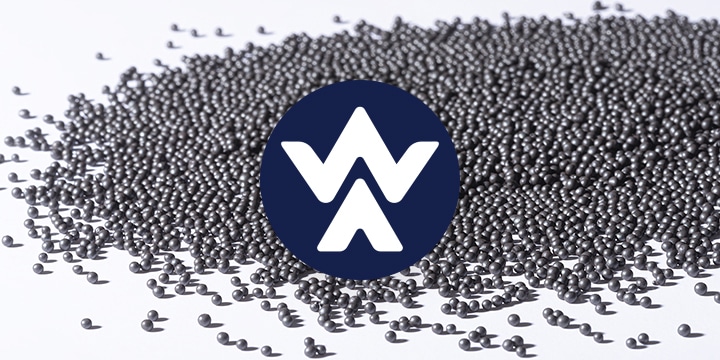
Manufacturing Standards – Americas and Asia
The SAE (Society of Automotive Engineers) standards establish quality criteria for abrasives used in shot blasting, ensuring that materials adhere to strict standards for optimal performance. These manufacturing standards are typically employed by the Winoa Group in the Americas and Asia.
- SAE J444 : This standard defines the size of abrasive particles used in shot blasting. It is essential to ensure that abrasives are suitable for the type of work to be performed.
- SAE 827 : It pertains to the chemical composition and physical characteristics of high-carbon steel shot. It ensures that the shots are of quality and reliable for specific applications.
- SAE 1993 : Similar to SAE 827, this standard applies to high-carbon steel grit, defining its chemical composition and physical characteristics.
- SSPC-AB3 : This standard is for recycled ferrous metallic abrasives. It ensures that recycled abrasives are of quality and suitable for industrial use.
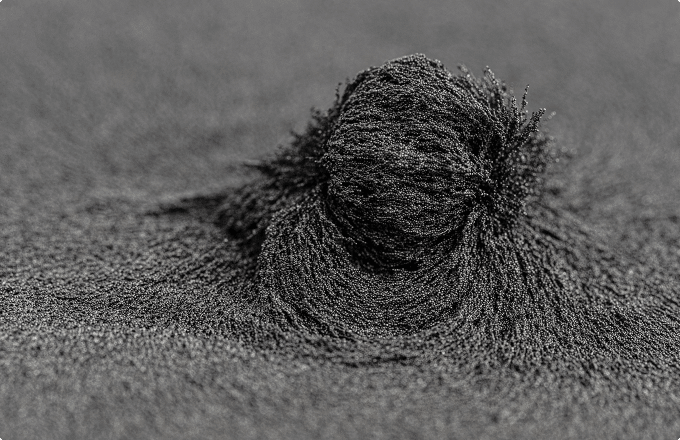
Winoa Internal Standards
As part of a demanding quality policy and a commitment to delivering results to our customers, Winoa imposes the strictest international manufacturing standards internally.
European Manufacturing Standards
The ISO 11124 standard establishes quality criteria for abrasives used in shot blasting, ensuring that materials conform to strict standards for optimal performance. These are the manufacturing standards typically employed by the Winoa Group in Europe.
- ISO 11124 : This standard is for abrasives used in shot blasting to ensure they meet specific quality criteria.
- ISO 11124-3 : An extension of the ISO 11124 standard, it is specific to high-carbon “shot” and “grit” abrasives.
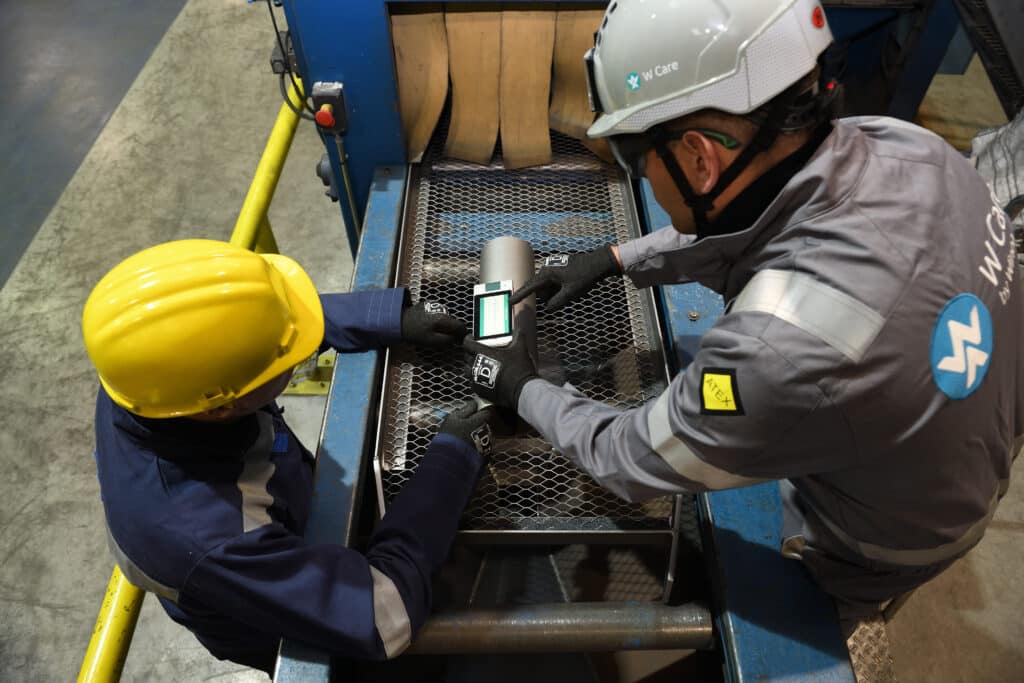
ISO Standards Related to Surface Preparation
ISO standards related to surface preparation provide a regulatory framework to ensure the quality and efficiency of cleaning and finishing processes for metallic materials.
- ISO 11125 :Preparation of steel substrates before application of paints and related products.
- ISO 8501 : Preparation of steel substrates before application of paints.
- ISO 8501-1 : Visual assessment of surface cleanliness of steel substrates.
- ISO 8501-2 : Visual assessment of surface cleanliness of coated steel substrates.
- ISO 8502-1 : Field test for soluble ferrous corrosion products.
- ISO 8502-2 : Laboratory determination of chloride on cleaned surfaces.
- ISO 8502-3 : Assessment of dust on steel surfaces prepared for painting.
- ISO 8502-4 : Estimation of the probability of condensation before painting application.
- ISO 8503-1 : Surface roughness characteristics of blasted steel substrates.
- ISO 8503-2 : Surface roughness grade of blasted steel substrates.
- ISO 8504-1 : Surface preparation methods – General principles.
- ISO 8504-2 : Surface preparation methods – Abrasive blasting.
- NACE No. 1 / SSPC-SP 5 :
Also known as “White metal,” this standard pertains to blast cleaning of metal to a white finish. It is often used in applications where maximum cleanliness is required
- SSPC-SP 10 :
Often referred to as “near-white,” this standard is similar to the previous one but allows for a finish that is almost white. It is less stringent but still highly effective for many applications.
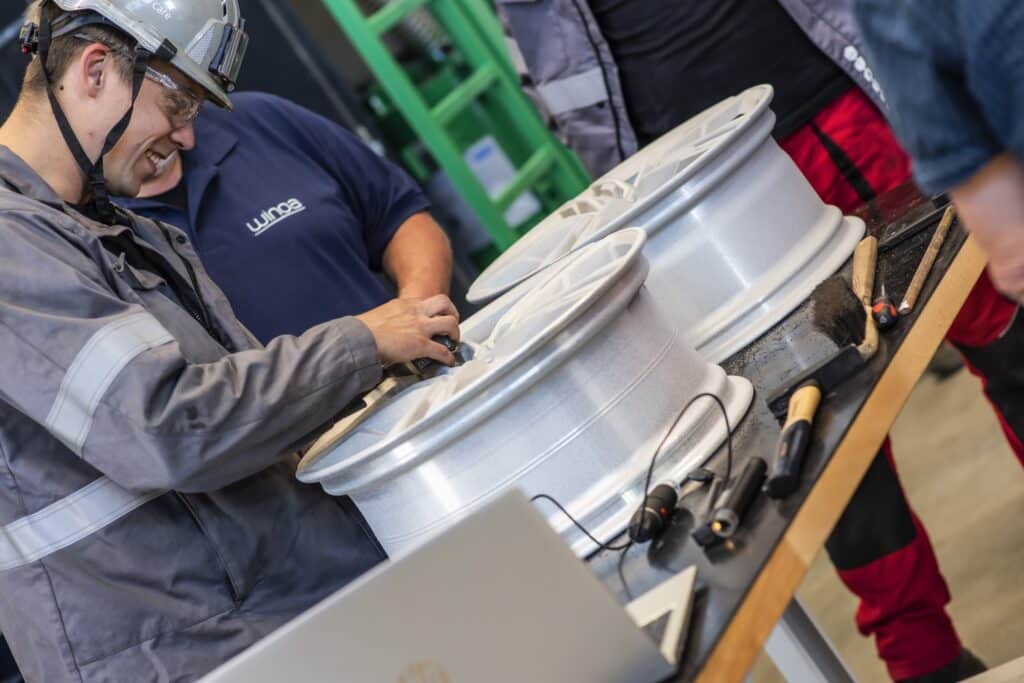
- NACE No. 1 / SSPC-SP 14 : Industrial quality blast cleaning.
- NACE No. 1 / SSPC-SP 6 : Commercial quality blast cleaning, typically used for general applications.
- NACE No. 1 / SSPC-SP 7 : Brush-off blast cleaning, often employed for maintenance or repair work.
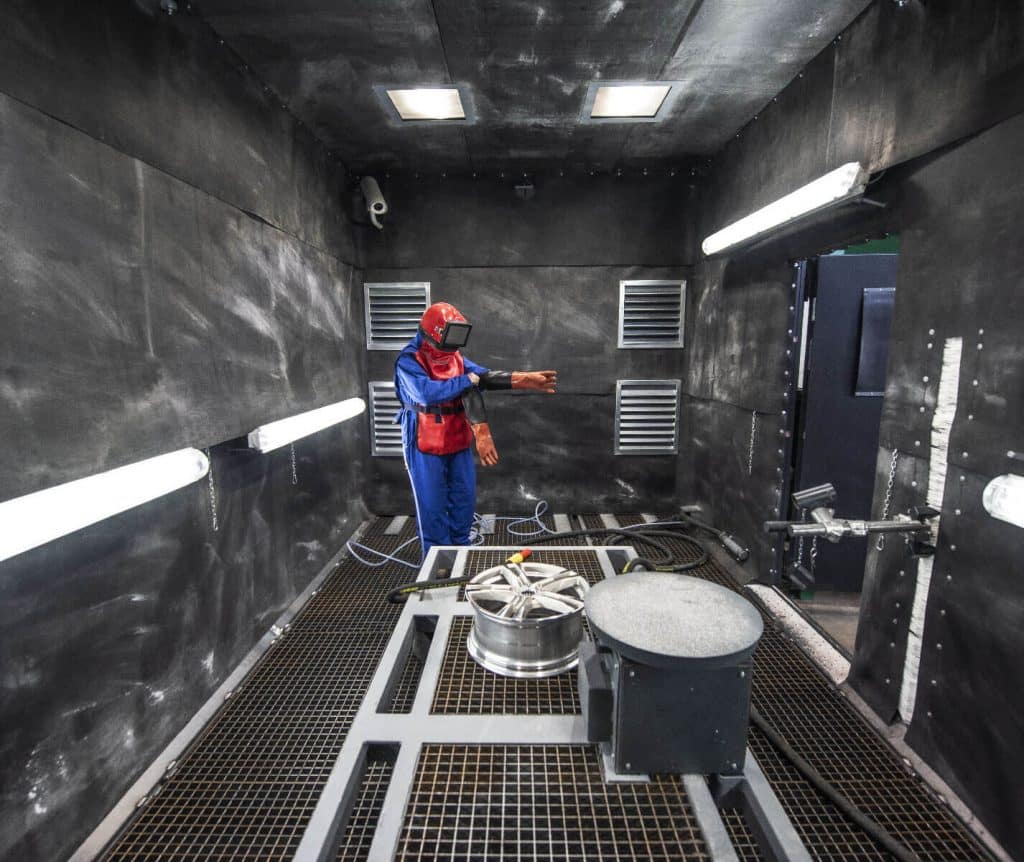
H3 Standards for the Surface Preparation Industry
- ASTM D4940 : Standard for the conductivity of abrasives, which can be an indicator of potential contamination.
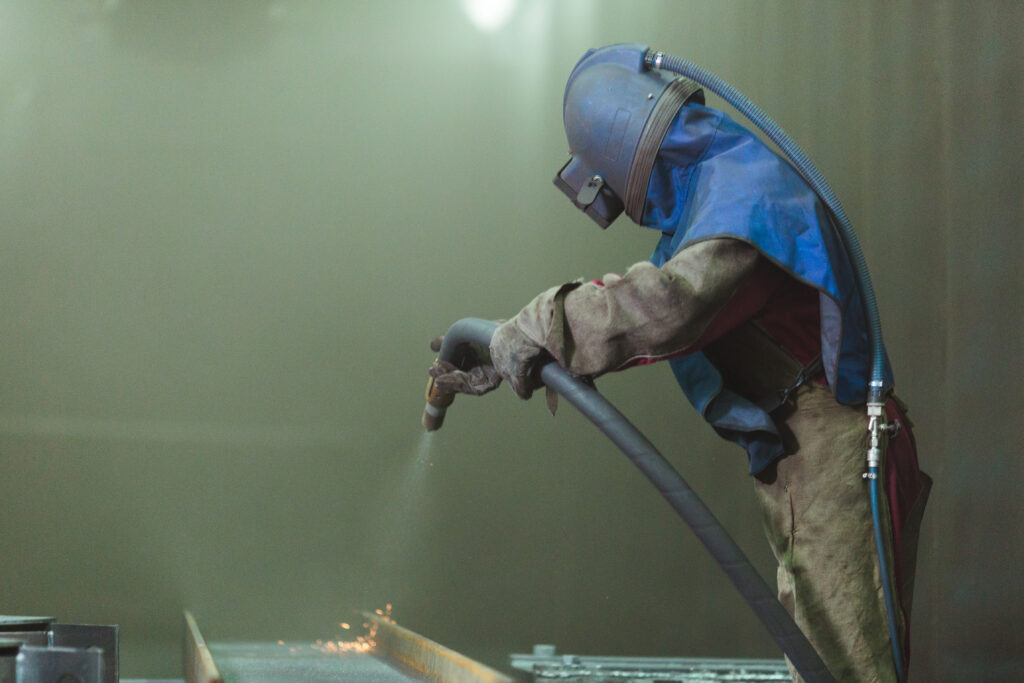
Peening Standards
These standards cover “shot peening,” a technique used to enhance material fatigue resistance. Various subsections (such as AMS 2431/1E, AMS 2431/2E, etc.) refer to specific details such as hardness and the type of material used.
- AMS 2430 : Shot peening
- AMS 2431 : Shot Peening par grenaillage fini blanc 2431/1 to 2431/8 aux spécificités de supports suivants :
- AMS 2431 (SAE-Shot Media General Requirements)
- AMS 2431/1E (ASR – Cast Steel Shot, Regular Hardness – 45-52 HRc)
- AMS 2431/2E (ASH – Cast Steel Shot, High Hardness – 55-62 HRc)
- AMS 2431/3D (AWCR – Conditioned Steel Cut Wire, Regular Hardness – 45-52 HRc)
- AMS 2431/4C (AWS – Conditioned Stainless Steel Cut Wire Shot > 45 HRc)
- AMS 2431/5B (APB – Case Hardened Steel Peening Balls)
- AMS 2431/6C (APB – Glass Shot)
- AMS 2431/7B (AZB – Ceramic Shot)
- AMS 2431/8B (AWCH – Conditioned Carbon Steel Cut Wire, High Hardness – 55-62 HRc)
Conclusion and Paths to Optimization
Standards related to shot blasting are more than just a formality; they are the cornerstone that ensures quality, safety, and efficiency in the industry. By understanding these standards, you are better equipped to make informed choices that can impact the quality of your product and, ultimately, your profitability.
For more information on how Winoa can assist you in navigating these standards, please do not hesitate to contact us.
If you found this article on shot blasting standards informative, don’t miss our previous article that explores the global impact of ISO Standards on the quality and production efficiency of Winoa abrasives.
Quality Certifications and ISO Standards in the Shot Blasting Industry
